Collective impact models will strengthen and redefine local news
Collective impact is a framework used to solve — or attempt to address — large-scale, entrenched and systemic societal problems. It brings together a broad range of stakeholders who work together, intentionally, to create change.
This framework gained attention in 2011 when the Stanford Social Innovation Review published an article about it by John Kania and Mark Kramer. They noted that five conditions were needed to produce collective impact: a common agenda, shared measurement, mutually reinforcing activities, continuous communication, and backbone support.
This approach has received warranted criticism, which is important to consider. To be truly impactful, any such coalition should be built to put the people and communities most affected in decision-making roles and also focus on policy and systems change. As my colleague Meghan Van Dyk put it: “Collective impact should not be a white, elite academic co-opting of what has been historically how Indigenous communities have operated or how communities of color have acted in resistance and built movements to replace white supremacist systems.”
Could collective impact and a focus on national or state-level coalition-building be a way to transform local news in the U.S.? It would be a years-long process, but it will — and should — happen.
We just recently started the process in New Jersey, and I envision this kind of work will migrate to other states. In early 2021, the New Jersey Civic Information Consortium, the Center for Cooperative Media at Montclair State University, Free Press, and the New Jersey Local News Lab Fund (a partnership of the Democracy Fund, Geraldine R. Dodge Foundation, and Community Foundation of New Jersey), joined forces to launch a collaborative planning effort to reimagine, strengthen, and sustain local news in ways that respond to and support community needs.
The pandemic made the work even more urgent.
Over the last year, the group has engaged with dozens of people to outline a collective agenda. In 2022, we’ll be recruiting a new leadership team and engaging in community organizing efforts to put together a statewide coalition.
“Our vision is for a healthy democracy, where all New Jerseyans have the news and information they need to make informed decisions, engage in their community and shape the world around them,” said Van Dyk, a member of the initial leadership team, speaking during the 2021 New Jersey Local News Summit in November 2021. “We believe in creating transparent, accessible, and representative news and information across New Jersey.”
In 2022, we’ll begin recruiting people who are most impacted by news deserts and disinvestment in our state — with a sharp focus on centering communities of color, immigrants and other people historically marginalized by mainstream, white-led media — to join and shape the coalition. We will also target and invite people in positions of power to affect change, such as those in philanthropy, politics, education and business.
In New Jersey, we’re in good company building broad-based coalitions. Jersey Water Works, a collaborative involving a range of organizations and individuals who all work toward the common purpose of transforming New Jersey’s water infrastructure, is one example of collective impact in action that we are learning from. We are certainly open to learning from as many other efforts as possible.
It’s important to emphasize, again, that this will be a years-long process. And it will change a lot over time, as it should, shaped by a wide variety of stakeholders.
“The time is now,” said Vanessa Maria Graber, also a member of the initial leadership team, speaking during the 2021 New Jersey Local News Summit in November. “We are at a moment in this field where we’re turning a corner. There is an awakening, people are advocating for themselves, communities are demanding more. And so we need to capitalize on that momentum, and continue organizing, talking and collaborating.”
Stefanie Murray is director of the Center for Cooperative Media at Montclair State University.

Collective impact is a framework used to solve — or attempt to address — large-scale, entrenched and systemic societal problems. It brings together a broad range of stakeholders who work together, intentionally, to create change.
This framework gained attention in 2011 when the Stanford Social Innovation Review published an article about it by John Kania and Mark Kramer. They noted that five conditions were needed to produce collective impact: a common agenda, shared measurement, mutually reinforcing activities, continuous communication, and backbone support.
This approach has received warranted criticism, which is important to consider. To be truly impactful, any such coalition should be built to put the people and communities most affected in decision-making roles and also focus on policy and systems change. As my colleague Meghan Van Dyk put it: “Collective impact should not be a white, elite academic co-opting of what has been historically how Indigenous communities have operated or how communities of color have acted in resistance and built movements to replace white supremacist systems.”
Could collective impact and a focus on national or state-level coalition-building be a way to transform local news in the U.S.? It would be a years-long process, but it will — and should — happen.
We just recently started the process in New Jersey, and I envision this kind of work will migrate to other states. In early 2021, the New Jersey Civic Information Consortium, the Center for Cooperative Media at Montclair State University, Free Press, and the New Jersey Local News Lab Fund (a partnership of the Democracy Fund, Geraldine R. Dodge Foundation, and Community Foundation of New Jersey), joined forces to launch a collaborative planning effort to reimagine, strengthen, and sustain local news in ways that respond to and support community needs.
The pandemic made the work even more urgent.
Over the last year, the group has engaged with dozens of people to outline a collective agenda. In 2022, we’ll be recruiting a new leadership team and engaging in community organizing efforts to put together a statewide coalition.
“Our vision is for a healthy democracy, where all New Jerseyans have the news and information they need to make informed decisions, engage in their community and shape the world around them,” said Van Dyk, a member of the initial leadership team, speaking during the 2021 New Jersey Local News Summit in November 2021. “We believe in creating transparent, accessible, and representative news and information across New Jersey.”
In 2022, we’ll begin recruiting people who are most impacted by news deserts and disinvestment in our state — with a sharp focus on centering communities of color, immigrants and other people historically marginalized by mainstream, white-led media — to join and shape the coalition. We will also target and invite people in positions of power to affect change, such as those in philanthropy, politics, education and business.
In New Jersey, we’re in good company building broad-based coalitions. Jersey Water Works, a collaborative involving a range of organizations and individuals who all work toward the common purpose of transforming New Jersey’s water infrastructure, is one example of collective impact in action that we are learning from. We are certainly open to learning from as many other efforts as possible.
It’s important to emphasize, again, that this will be a years-long process. And it will change a lot over time, as it should, shaped by a wide variety of stakeholders.
“The time is now,” said Vanessa Maria Graber, also a member of the initial leadership team, speaking during the 2021 New Jersey Local News Summit in November. “We are at a moment in this field where we’re turning a corner. There is an awakening, people are advocating for themselves, communities are demanding more. And so we need to capitalize on that momentum, and continue organizing, talking and collaborating.”
Stefanie Murray is director of the Center for Cooperative Media at Montclair State University.
Jessica Clark

Joy Mayer

Joshua P. Darr
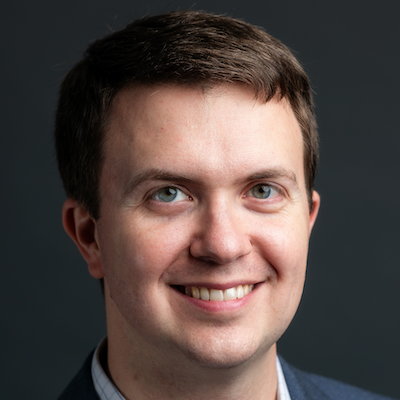
Joanne McNeil

Kristen Jeffers
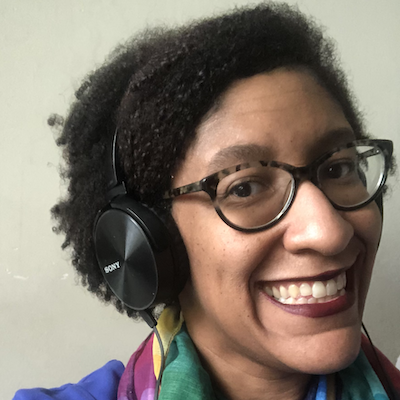
Jonas Kaiser

Burt Herman
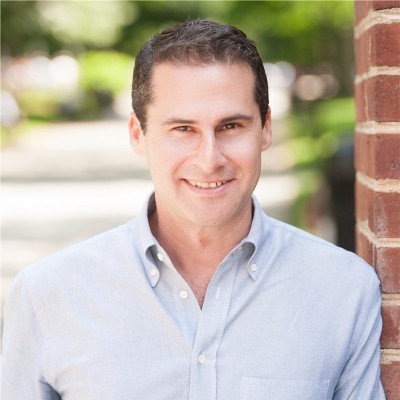
Joe Amditis

Daniel Eilemberg
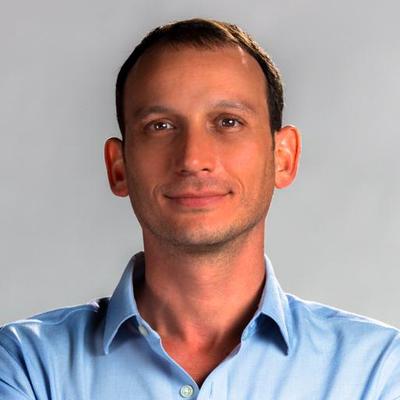
Candace Amos
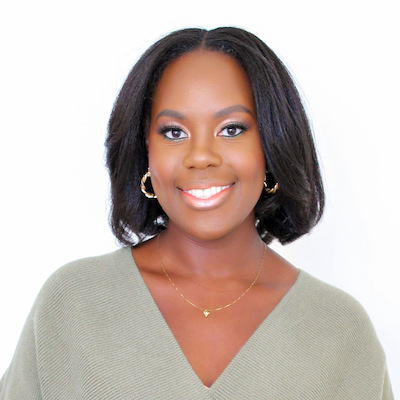
Simon Galperin

Errin Haines

Anita Varma
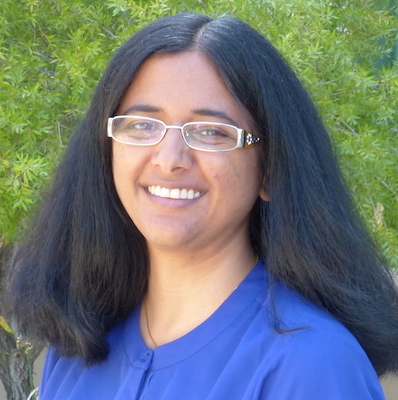
Amara Aguilar

Kathleen Searles Rebekah Trumble

Brian Moritz

Natalia Viana
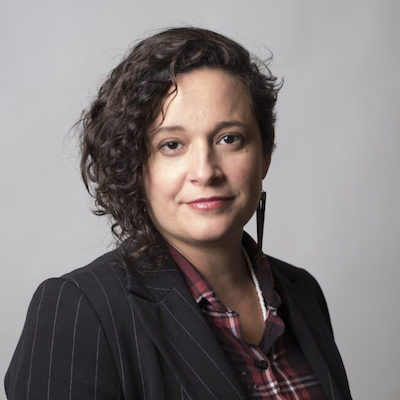
Alice Antheaume
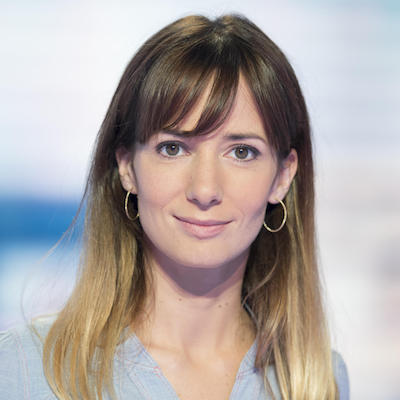
Tom Trewinnard

Chase Davis

j. Siguru Wahutu
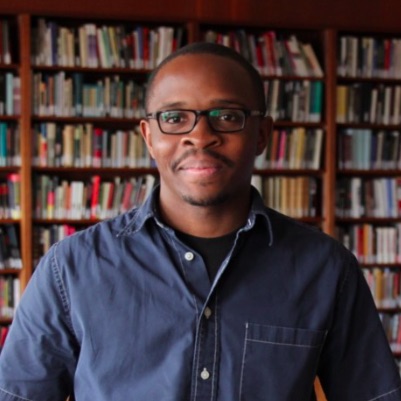
Amy Schmitz Weiss
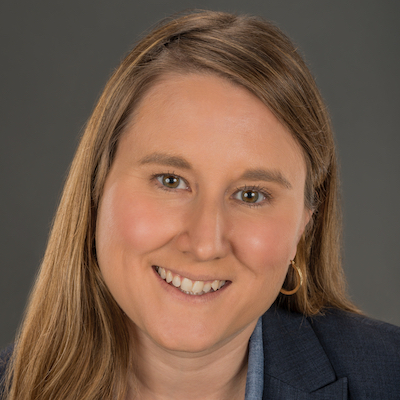
Gonzalo del Peon

Tony Baranowski
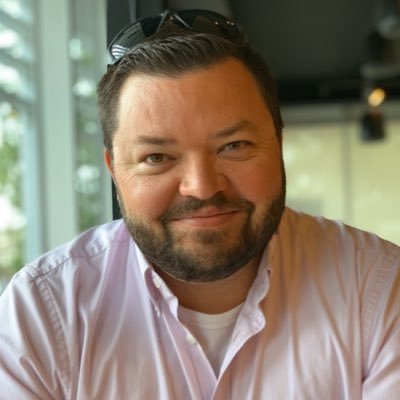
David Cohn

AX Mina

Megan McCarthy

Laxmi Parthasarathy
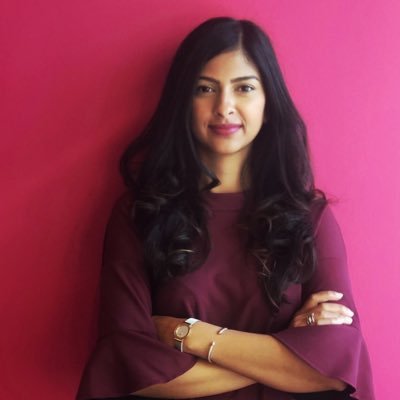
Janelle Salanga

Mandy Jenkins

Wilson Liévano
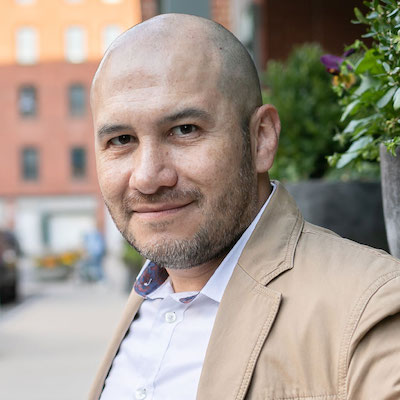
Mario García
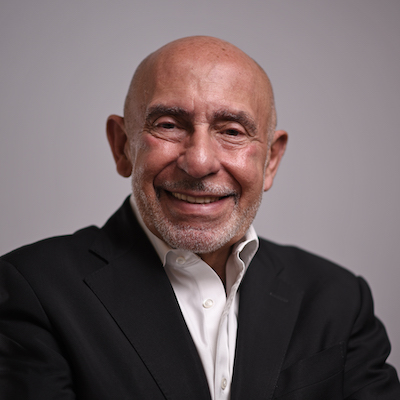
Stefanie Murray

Chicas Poderosas

John Davidow

Matt DeRienzo
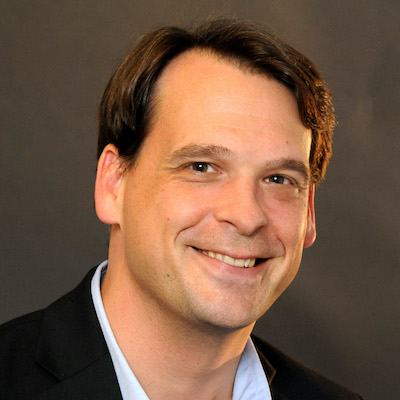
Kristen Muller
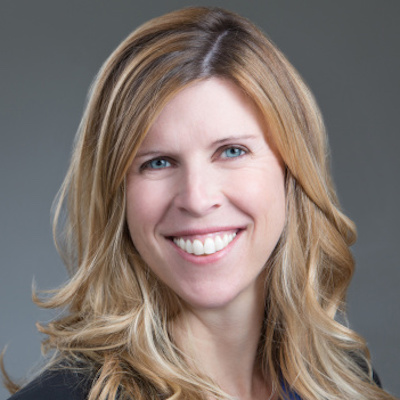
Jennifer Brandel

Catalina Albeanu

Jesenia De Moya Correa
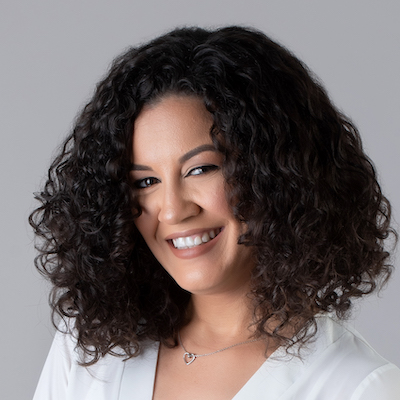
Sarah Stonbely

Cindy Royal

Victor Pickard
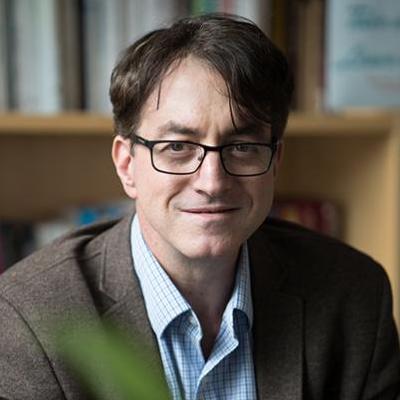
A.J. Bauer
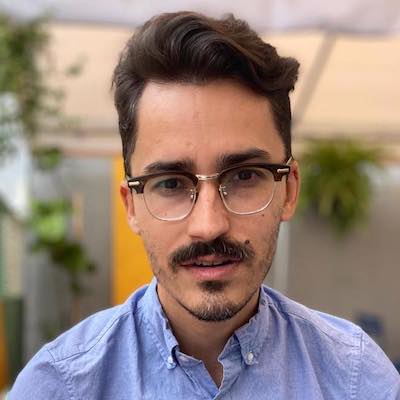
Simon Allison

Jennifer Coogan

Izabella Kaminska
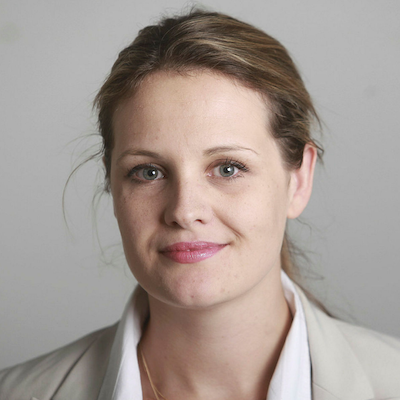
David Skok
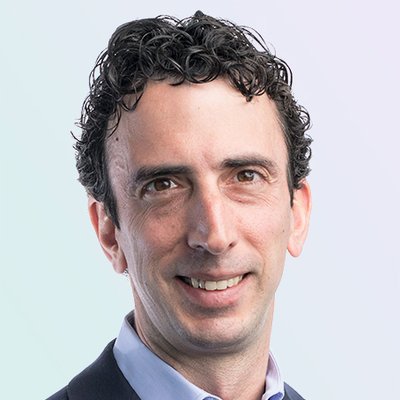
Rachel Glickhouse

Parker Molloy

Mary Walter-Brown

Larry Ryckman

Rasmus Kleis Nielsen

Stephen Fowler
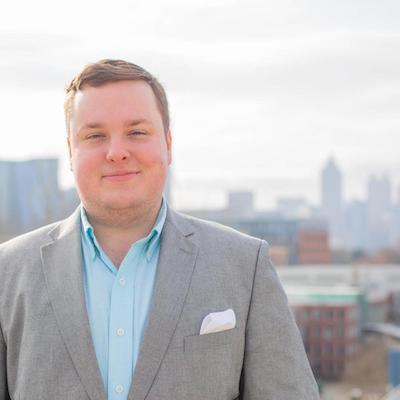
Zizi Papacharissi
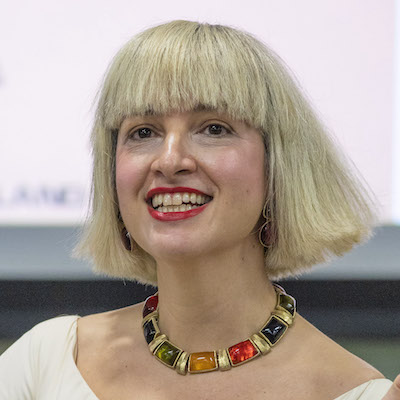
Francesco Zaffarano
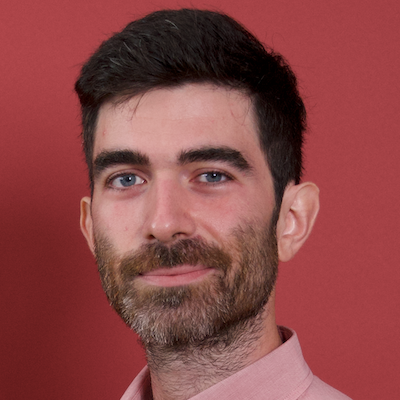
Ståle Grut

Mike Rispoli

Matthew Pressman
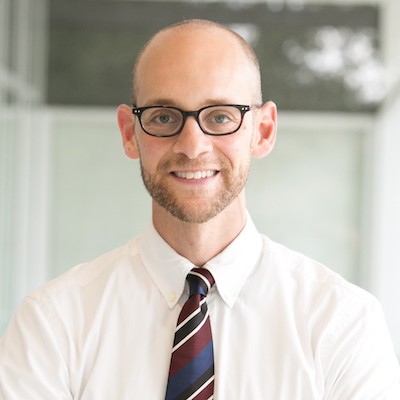
Gabe Schneider
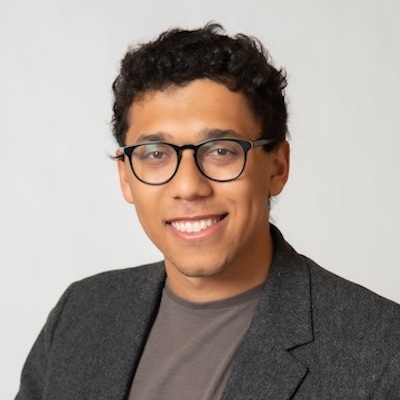
Cherian George
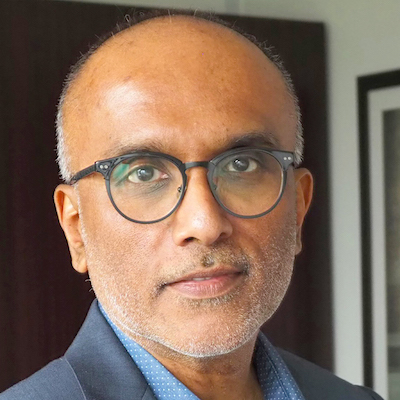
Kendra Pierre-Louis

Raney Aronson-Rath
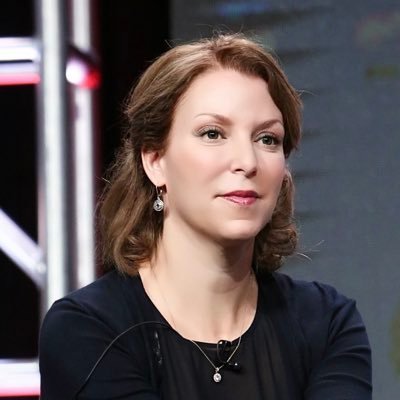
Julia Munslow

Moreno Cruz Osório

Gordon Crovitz

Cristina Tardáguila
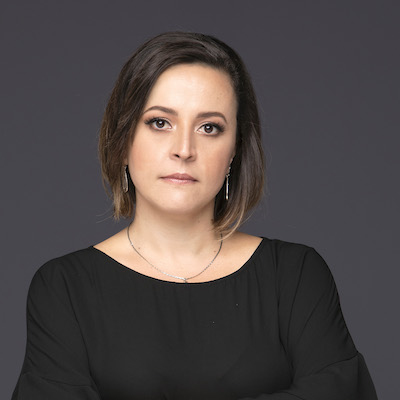
Robert Hernandez

Don Day

Michael W. Wagner
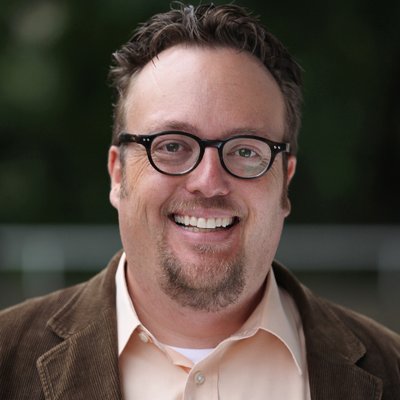
Jesse Holcomb
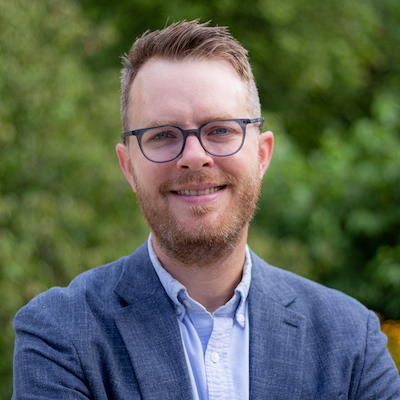
Andrew Freedman

Jody Brannon

S. Mitra Kalita
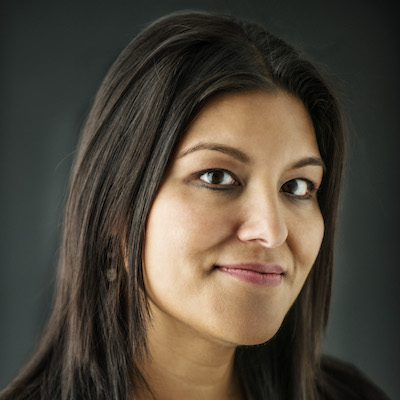
Ariel Zirulnick
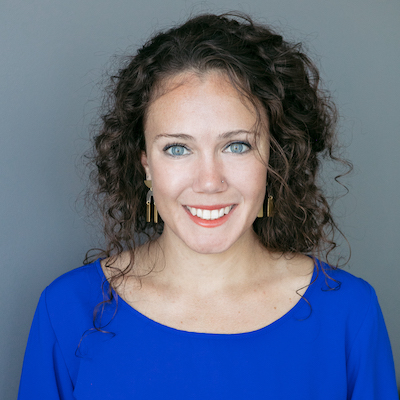
Doris Truong

Anika Anand

Anthony Nadler

Paul Cheung
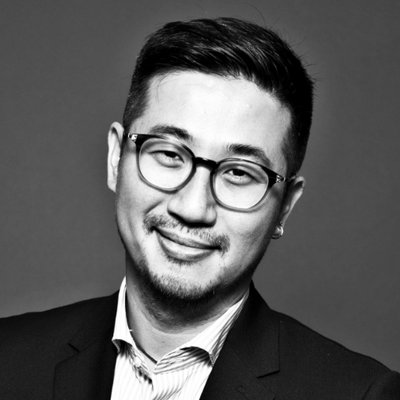
Richard Tofel

Millie Tran

Shalabh Upadhyay
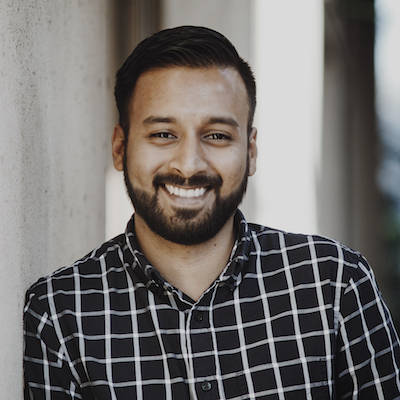
Juleyka Lantigua

James Green

Jim Friedlich
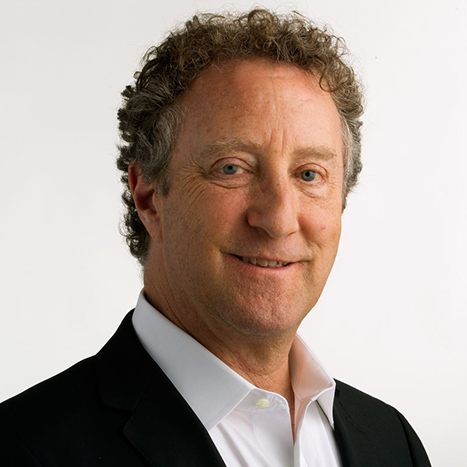
Nikki Usher

Whitney Phillips

Meena Thiruvengadam
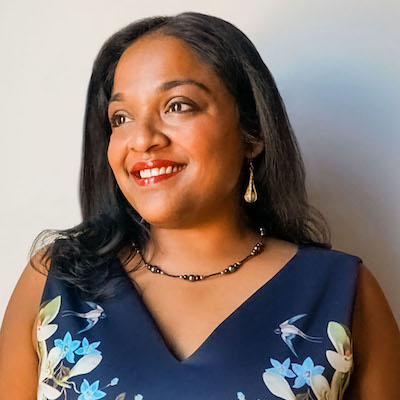
Julia Angwin
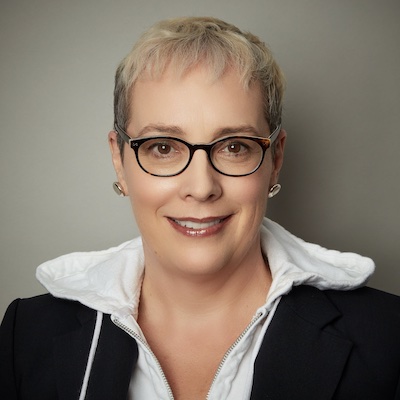
Shannon McGregor Carolyn Schmitt

Sarah Marshall

Melody Kramer

Joni Deutsch
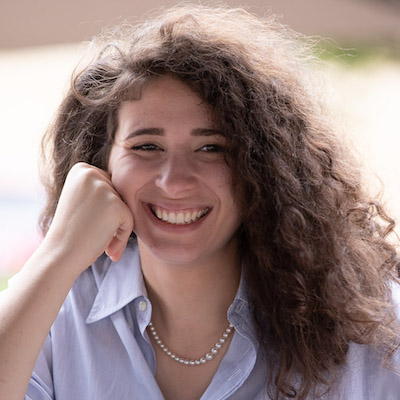
Christoph Mergerson
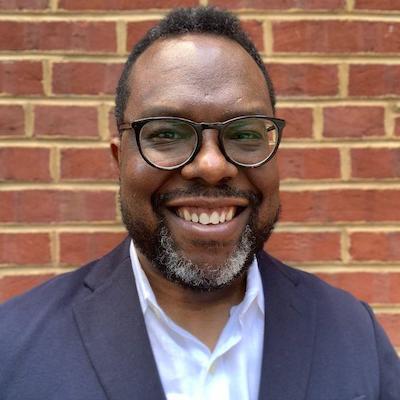
Sam Guzik
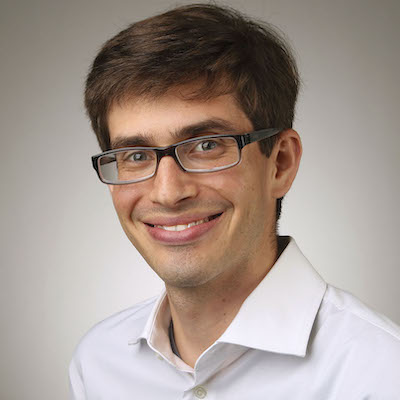
Christina Shih

Kerri Hoffman
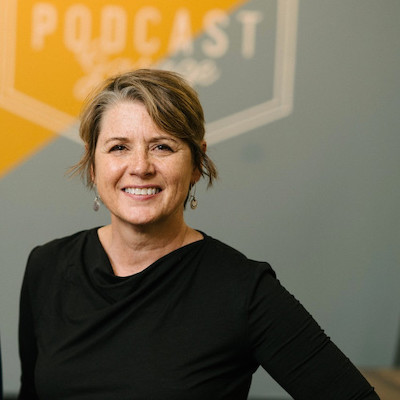
Eric Nuzum
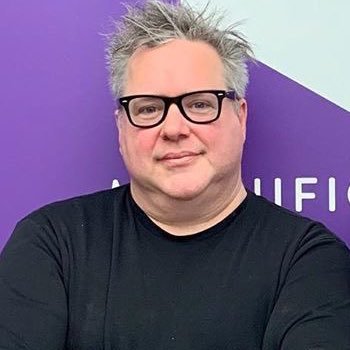
Matt Karolian
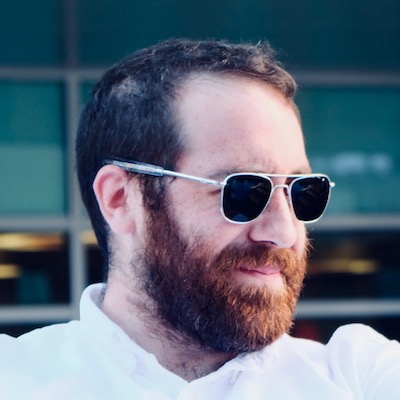
Tamar Charney
